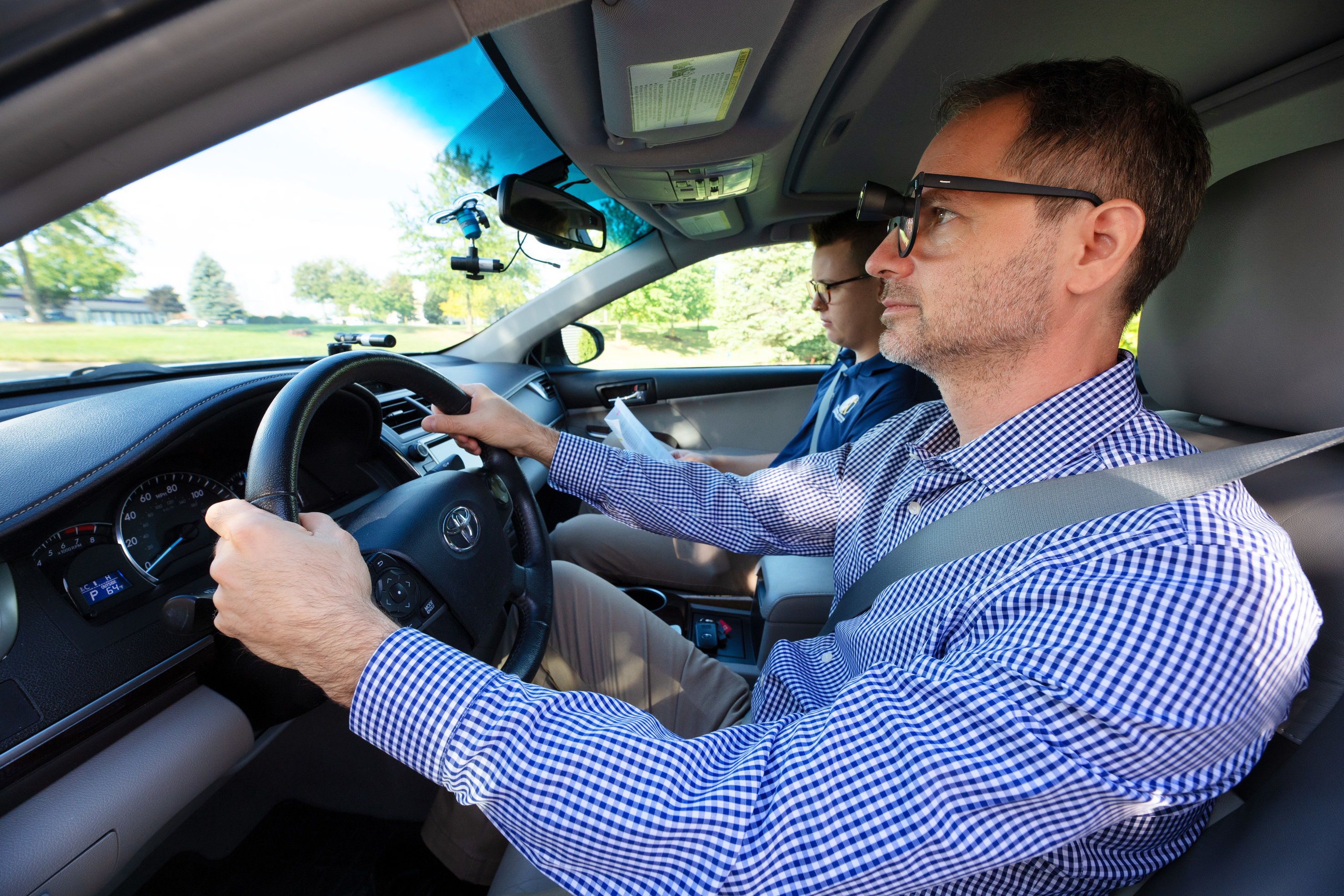For drivers who are visually impaired, many states require the use of a bioptic telescope, which attaches onto eye glasses and are used to read road signs. Using them, however, can lead to lane position issues or a decrease in situational awareness.
In a study led by Mark Wilkinson, OD, FAAO, clinical professor of ophthalmology at University of Iowa Health Care, researchers are looking at the safety and effectiveness of the use of bioptic telescopes for wayfinding while driving.
The study is examining how drivers with and without visual impairments navigate while driving in an unfamiliar area, with the ultimate goal of finding safer alternatives to the use of a bioptic telescope. While the use of a bioptic telescope for this purpose began in 1970, the advent of talking GPS navigation has eliminated the need for the use of a bioptic telescope. More importantly, a talking GPS allows drivers to keep their eyes on the road, a critical factor for safe driving—visually impaired or not.
“This study will provide information needed to support updating driving standards for individuals who are visually impaired, throughout the United States,” said Wilkinson.
The subjects—with and without bioptic telescopes, all of whom must be unfamiliar with local roads—complete two 35-minute drives during daylight hours. In one drive, they follow instructions from an auditory GPS navigation device, and in the other they do not. The subjects are asked to identify a variety of signs along the road. Data is being collected to examine variables related to driving (i.e., gaze direction, eyes off road, eyes on road, missed turns, etc.).
